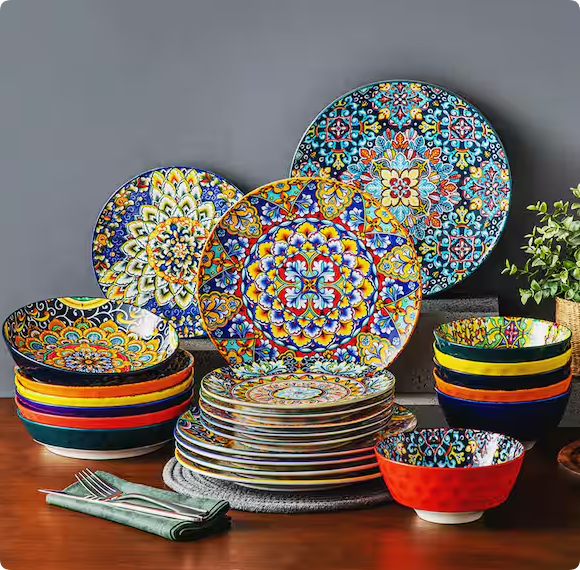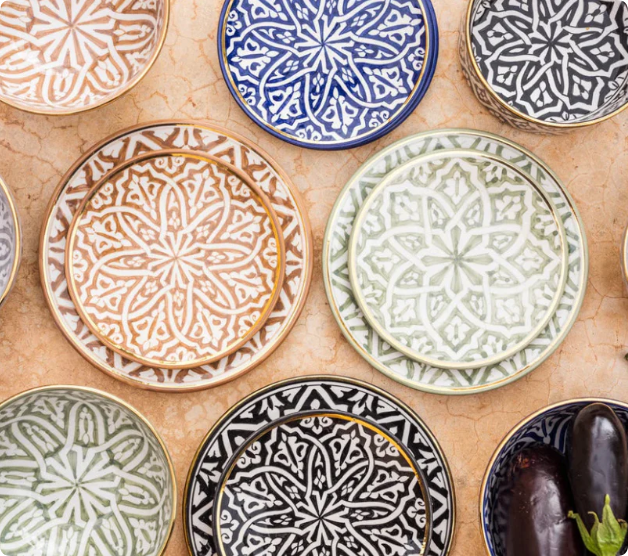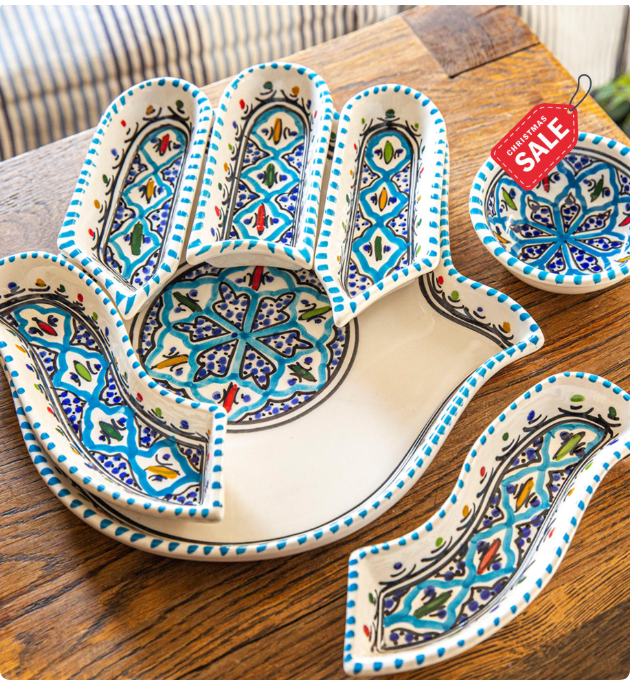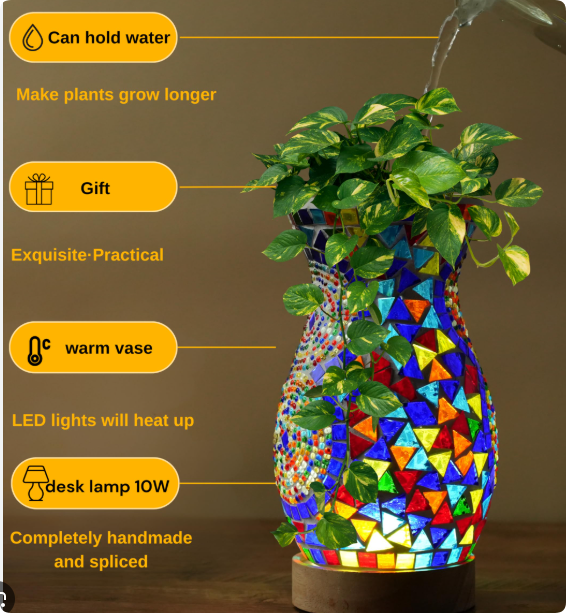The Middle Eastern market has been a key player in the evolution of ceramic product design, with consumer preferences significantly influencing trends in the ceramics industry. As a region with a rich cultural heritage and rapidly growing demand for luxury and functional home goods, the Middle East offers unique insights into how consumer behavior can shape the direction of ceramic design. For manufacturers like EKA, understanding these preferences is crucial to meeting the needs of retailers and buyers in this market.
In this article, we will explore the role of Middle Eastern consumers in shaping ceramic product design. We’ll examine the influence of cultural aesthetics, luxury preferences, sustainability, and evolving trends in the region. Additionally, we’ll highlight how businesses can adapt their product offerings to cater to this dynamic market.
1. Cultural Influence on Ceramic Design
The Middle East is known for its rich cultural history, and this heritage heavily influences its design choices in many sectors, including ceramics. Ceramic items, such as dinnerware, vases, and home décor, are often crafted with intricate patterns, luxurious finishes, and materials that reflect the region’s traditions and artistry.
Key Aspects of Middle Eastern Ceramic Design:
- Geometric Patterns: Traditional Middle Eastern designs often feature intricate geometric shapes and patterns, inspired by Islamic art and architecture. These patterns are not just aesthetically pleasing but also carry symbolic meanings in many cultures.
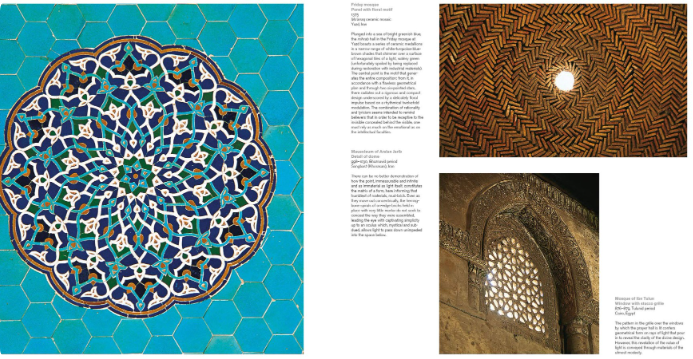
- Bold Colors: Rich, vibrant colors such as gold, deep blues, and reds are commonly used in ceramics, reflecting the region’s preference for opulence and elegance.

- Calligraphy and Symbolism: The use of Arabic calligraphy in ceramic designs is popular, as it is both a form of art and a reflection of spiritual and cultural significance.
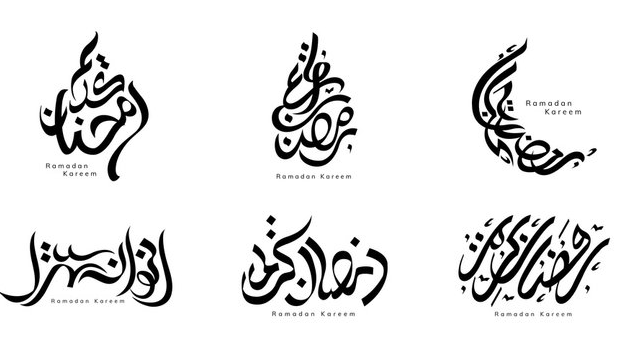
2. Luxury and Premium Preferences
Middle Eastern consumers are known for their preference for luxury and high-end products, which has had a direct impact on ceramic product design. As disposable income increases across the region, consumers are seeking exclusive, premium-quality ceramics that add a touch of sophistication to their homes.
Popular Luxury Trends in Ceramic Products:
- Handcrafted Ceramics: There is a growing demand for artisanal and handcrafted ceramics that offer a unique touch and a story behind the product.
- Gold and Silver Accents: Many ceramic products feature gold or silver embellishments, often used for upscale tableware or decorative pieces. These accents align with the region’s penchant for luxurious finishes.
- Customization: Middle Eastern consumers are increasingly interested in personalized ceramic items, which reflects their desire for exclusivity. Customization options such as bespoke dinnerware or personalized vases are becoming popular.
3. Sustainability and Eco-Friendly Materials
As environmental concerns grow globally, Middle Eastern consumers are becoming more aware of sustainability in their purchasing decisions. This is particularly evident in the growing demand for eco-friendly ceramics made from sustainable materials and processes.
Sustainable Design Preferences:
- Eco-Friendly Materials: There is a noticeable shift towards ceramics made from environmentally friendly materials, such as natural clay and recycled elements.
- Long-Lasting Products: Consumers in the Middle East value durability, with many preferring ceramics that are not only aesthetically pleasing but also practical and long-lasting.
- Energy-Efficient Production: Middle Eastern consumers are showing increased interest in products that are manufactured using sustainable and energy-efficient methods. Manufacturers are incorporating more efficient production techniques to meet these expectations.
4. Modernization and Contemporary Trends
While traditional design elements remain influential, Middle Eastern consumers are also embracing modern and contemporary styles in ceramic products. The blending of traditional and modern design elements has resulted in unique ceramic creations that appeal to both local tastes and global design trends.
Modern Design Trends:
- Minimalism: Clean lines, simple designs, and muted tones are becoming increasingly popular, especially among younger consumers in urban areas.
- Industrial and Urban Styles: Ceramic products with an industrial or urban feel, such as matte finishes and raw textures, are gaining traction in the Middle Eastern market, particularly in luxury hotels and modern residences.
- Integration with Technology: The use of technology in ceramics, such as ceramic products with built-in smart features (e.g., temperature control in coffee mugs or self-cleaning vases), is growing in popularity.
5. How to Cater to the Middle Eastern Market
For businesses in the ceramics industry, understanding the preferences and needs of Middle Eastern consumers is essential for success. EKA, as a ceramics manufacturer, can adapt its product designs and marketing strategies to cater to this market by following key guidelines:
Strategies for Adapting to the Middle Eastern Market:
| Strategy | Description |
|---|---|
| Customization | Offer bespoke and personalized products to meet the demand for exclusivity. This can include custom dinnerware sets, vases, and home décor items. |
| Luxury Finishes | Incorporate high-end materials such as gold, silver, and precious stones in product designs to cater to the luxury market. |
| Sustainable Materials | Use eco-friendly materials in the production of ceramics, and highlight the environmental benefits of products in marketing. |
| Modern and Traditional Fusion | Create ceramic products that blend traditional Middle Eastern designs with modern aesthetics, appealing to both older and younger generations. |
| Smart Ceramics | Explore opportunities to integrate technology into ceramic products, offering innovative solutions for smart homes. |
| Cultural Sensitivity in Marketing | Use culturally sensitive marketing techniques and highlight the cultural significance of designs to resonate with local consumers. |
6. The Future of Ceramic Product Design in the Middle East
Looking ahead, the Middle Eastern ceramics market is poised for continued growth. As the region’s consumer base becomes more sophisticated, the demand for innovative, luxurious, and eco-friendly products will continue to shape the direction of ceramic design. Manufacturers like EKA will need to stay ahead of trends and adapt to the evolving preferences of Middle Eastern consumers.
Key future trends to watch include:
- Increased demand for high-tech ceramics: As the Middle East embraces smart homes, there will be more opportunities for integrating technology with ceramics.
- Sustainability: The shift toward sustainable products will intensify, with more consumers prioritizing eco-friendly materials.
- Hybrid Designs: The fusion of traditional craftsmanship with modern design will continue to be a hallmark of Middle Eastern ceramic products, with more companies offering customizable solutions to cater to diverse tastes.
Conclusion
The role of Middle Eastern consumers in shaping ceramic product design is undeniable. From luxurious finishes to a growing interest in sustainability, their preferences are driving the evolution of ceramics in the region. For manufacturers like EKA, staying attuned to these trends and adapting product offerings accordingly will be key to tapping into this dynamic market. With the right approach, ceramic products can continue to thrive in the Middle East, offering both beauty and functionality to consumers with discerning tastes.

